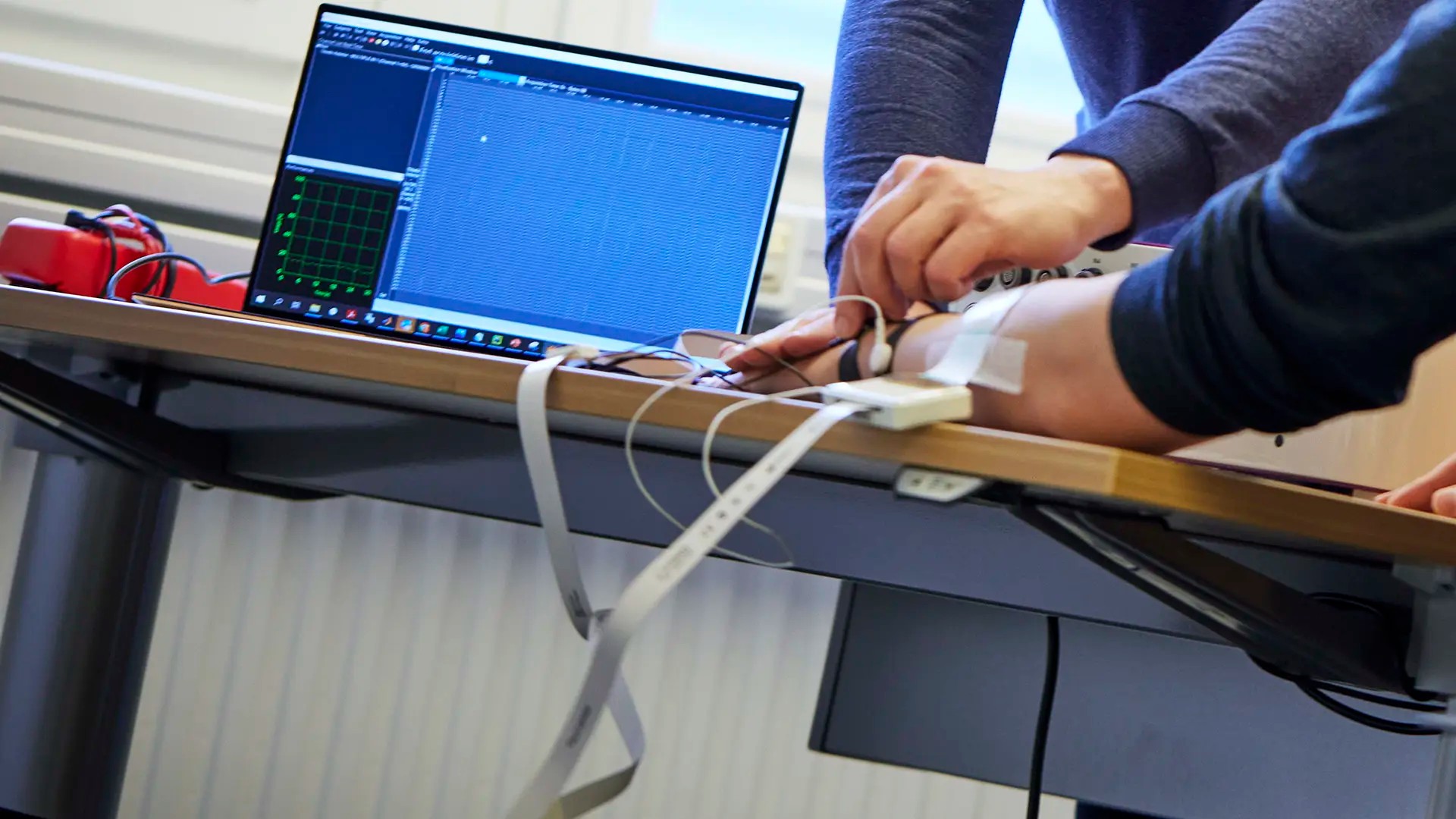
The division of Signal Processing and Biomedical engineering consists of four research groups:
- Biomedical electromagnetics
- Biomedical signals and systems
- Computer vision
- Signal processing
Biomedical Electromagnetics
Biomedical electromagnetics conducts microwave-based diagnostics and treatment, which involves the development of antennas, antenna systems, algorithms for signal processing and treatment planning, building prototypes and clinical trials. This research not only improves care, but also solves the clinical challenges that currently lack solutions. Cheap and portable systems can enable better availability of advanced diagnostics in, for example, sparsely populated areas and developing countries. Greater spread of advanced diagnostics creates the conditions for more equal care. Medical technology solutions that provide the conditions for better care have the potential to both save society's resources and, of course, reduce the suffering of patients.
Computer vision and medical image analysis
Computer vision and medical image analysis conducts basic research and method development in computer vision, machine learning and medical image analysis. The research has many different application areas such as self-driving cars to medical AI systems. The researchers often collaborate with doctors and other medical researchers to develop medical systems for better care. Machine learning has undergone a paradigm shift in recent years. Nowadays, knowledge of machine learning is one of the most important and sought-after qualities of an engineer.
Biomedical signals and systems
Biomedical signals and systems conducts research in bone-conduction hearing with applications, including for hearing aids, hearing examination and vertigo diagnosis. The researchers develop and explore new methods and devices in these areas with the aim of achieving better rehabilitation and safer diagnostics. In the field of neuro engineering, movement in humans and animal models is investigated, including the analysis of kinematics and signals recorded from muscles (EMG). They also develop technology for advanced EMG recordings. The Care@Distance - Remote and prehospital Digital Health group works with methods and solutions to improve remote healthcare and prehospital/mobile care by using data fusion, clinical decision support including AI, telemedicine and innovative user interaction. The unit also conducts studies of methods and conditions that apply to the ventilation of newborn babies. The research contributes to solving several societal challenges, such as improvement of healthcare, good health and well-being, more cooperation and information exchange between different healthcare providers and more qualified decision support.
Signal processing
Signal processing conducts research in signals and systems as well as digital signal processing (DSP); model-based signal processing based on mathematical statistics; numerical methods and physics, as well as machine learning and other data-driven methods. The methods that are developed are used, among other things, in mobile phones, CD players, cars, airplanes, robotic lawnmowers and washing machines. Right now, the automotive and defence industry and the electric power sector are the major areas of use. Through the methods the research group develops, it contributes to solving various societal challenges and to climate and energy efficiency.
